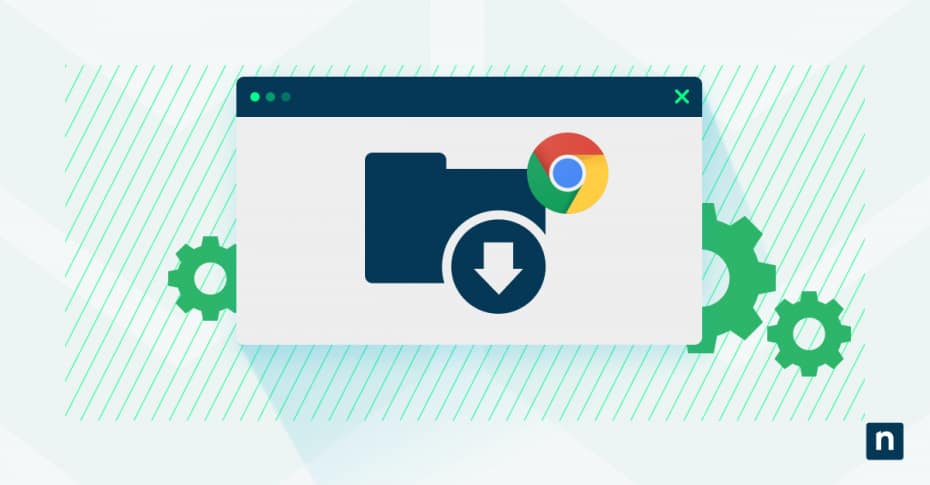What is site isolation?
Site isolation is a security feature in Google Chrome that separates website processes to prevent cross-site data theft. This protective measure enables each website to run in its own dedicated process, creating strong boundaries between different web origins. Chrome Site Isolation significantly enhances browser security by preventing malicious websites from accessing data belonging to other sites, even in the presence of vulnerabilities like Spectre.
The feature represents a fundamental architectural shift in how browsers handle web content, moving from a model where multiple sites could share processes to one where strict isolation is enforced.
Process separation architecture
Chrome Site Isolation works by assigning each website its own dedicated renderer process. When enabled, Chrome creates separate processes for each cross-site iframe, ensuring that content from different origins cannot directly access each other’s memory.
This process-level separation provides hardware-enforced boundaries between websites, preventing a compromised renderer process from accessing data it shouldn’t have permission to read. The architecture implements the Same-Origin Policy at the process level rather than just within the renderer.
Security benefit breakdown
Site isolation provides protection against several classes of web-based attacks that traditional browser security models struggle to contain. The primary defense is against side-channel attacks like Spectre, which exploit CPU speculative execution to read privileged memory.
By isolating sites in separate processes, Chrome prevents these attacks from accessing cross-origin data even when renderer vulnerabilities exist. This security architecture also helps contain universal cross-site scripting (UXSS) attacks and reduces the impact of sandbox escapes.
Quick configuration toggles
The browser offers several methods to enable, disable, or customize site isolation behavior depending on your specific requirements. Chrome Site Isolation can be easily configured through built-in browser settings, giving users control over this security feature.
These configuration options range from simple toggles in Chrome’s flags page to advanced enterprise policy settings for organizational deployments. Most users can manage site isolation through Chrome’s experimental flags interface, which provides a straightforward way to adjust these settings without complex technical knowledge.
Chrome flags navigation
Accessing Chrome’s experimental features requires navigating to the special flags page where browser settings can be modified. To access these configuration options and manage what is site isolation in your browser, follow these steps:
- Open Chrome and type “chrome://flags” in the address bar.
- Press Enter to access the experimental features page.
- In the search box at the top, type “isolation” to filter relevant options.
- Locate the “Strict site isolation” and related flags in the results.
- Use the dropdown menus next to each flag to select your preferred setting.
The flags page contains several isolation-related options beyond the main site isolation toggle.
How to disable Chrome flagging
There may be situations where you need to temporarily disable Chrome flagging for site isolation features to troubleshoot compatibility issues. This process allows you to revert to Chrome’s default behavior when needed. The following steps guide you through safely disabling these security features:
- Navigate to “chrome://flags” in your Chrome browser.
- Search for “isolation” in the search field.
- Find the “Strict site isolation” flag in the results.
- Click the dropdown menu and select “Disabled” from the options.
- Look for the “Restart” button that appears at the bottom of the screen.
- Click “Restart” to apply the changes and relaunch Chrome.
While disabling site isolation may resolve certain compatibility issues, it removes an important protection layer against side-channel attacks.
Enterprise policy settings
For organizational environments, Chrome Site Isolation can be managed through enterprise policies that allow centralized configuration across multiple devices. These policy settings provide IT administrators with tools to enforce security standards while addressing specific business requirements.
Enterprise administrators can deploy these policies through Group Policy, registry settings, or management consoles depending on their environment. The SitePerProcess policy enforces site isolation for all sites, while IsolateOrigins allows for more selective application.
Performance impact assessment
Enabling Chrome Site Isolation introduces certain performance considerations due to its architectural changes to browser process management. The feature increases security by creating separate processes for different sites, which naturally requires additional system resources.
Most modern systems handle this overhead without noticeable impact, but understanding these performance implications can help you make informed decisions. The performance impact varies depending on your browsing habits, system specifications and the specific site isolation configuration implemented.
Memory usage considerations
Chrome Site Isolation increases memory usage by creating separate renderer processes for different sites rather than sharing processes across origins. This process separation is fundamental to the security benefits but requires additional memory allocation. On average, enabling site isolation increases Chrome’s memory footprint by approximately 10-13% compared to standard configurations. The memory impact scales with the number of cross-site iframes and origins loaded simultaneously.
Browsing speed effects
Site isolation may affect browsing performance metrics like page load times and interaction responsiveness, though the impact is typically minimal on modern hardware. Initial measurements show that enabling full site isolation adds approximately 1-2% overhead to page load times across common browsing scenarios. The performance impact manifests primarily during complex page loads with multiple cross-site iframes or when rapidly switching between tabs from different origins.
Custom isolation policy deployment
Beyond the standard site isolation configuration, custom isolation policies can target specific high-risk domains while using standard processing for trusted internal applications. Chrome supports custom policies that allow more granular control over which sites receive isolation protection. This flexibility enables organizations and advanced users to implement tailored security strategies that balance protection, compatibility and performance requirements.
Site-specific rules creation
Creating custom site isolation rules allows you to apply different levels of protection to specific domains based on their risk profile and importance. This targeted approach can optimize browser performance while maintaining strong security for sensitive websites.
To create site-specific isolation rules, you’ll need to use Chrome’s enterprise policies or flags:
- For enterprise environments, create a policy file that specifies the IsolateOrigins list.
- Include full origin patterns like “https://example.com” for domains requiring isolation.
- Use wildcards carefully, as overly broad patterns may unnecessarily impact performance.
- Deploy the policy through your management system or registry modifications.
- Test the configuration with representative browsing scenarios to verify behavior.
When crafting site-specific rules, prioritize isolation for sites handling sensitive data like financial services or healthcare portals.
Origin exceptions management
Managing exceptions to your site isolation policy helps address compatibility issues with specific websites while maintaining protection for others. Some legacy web applications may not function correctly under strict isolation, requiring selective exclusion from the policy. Chrome provides mechanisms to create and manage these exceptions through policy settings.
Site isolation best practices
The most effective site isolation implementations combine global protection with targeted exceptions and regular monitoring. Implementing site isolation best practices allows you to receive maximum security benefits while minimizing potential performance or compatibility issues.
Here are 5 practical site isolation best practices to enhance your security posture:
- Enable site isolation across your organization through group policy or management console.
- Verify that all browser instances run with site isolation activated to maintain consistent protection.
- Monitor browser performance metrics after enabling site isolation to identify any potential impacts.
- Train your IT support teams on troubleshooting site isolation-related issues that users might encounter.
- Test site isolation with your critical business applications to identify any compatibility challenges.
Implementing Chrome Site Isolation represents a significant step toward strengthening your organization’s cybersecurity posture. Separating website processes and creating clear boundaries between domains protects your sensitive data from sophisticated cross-site attacks while maintaining the performance standards your business requires.








